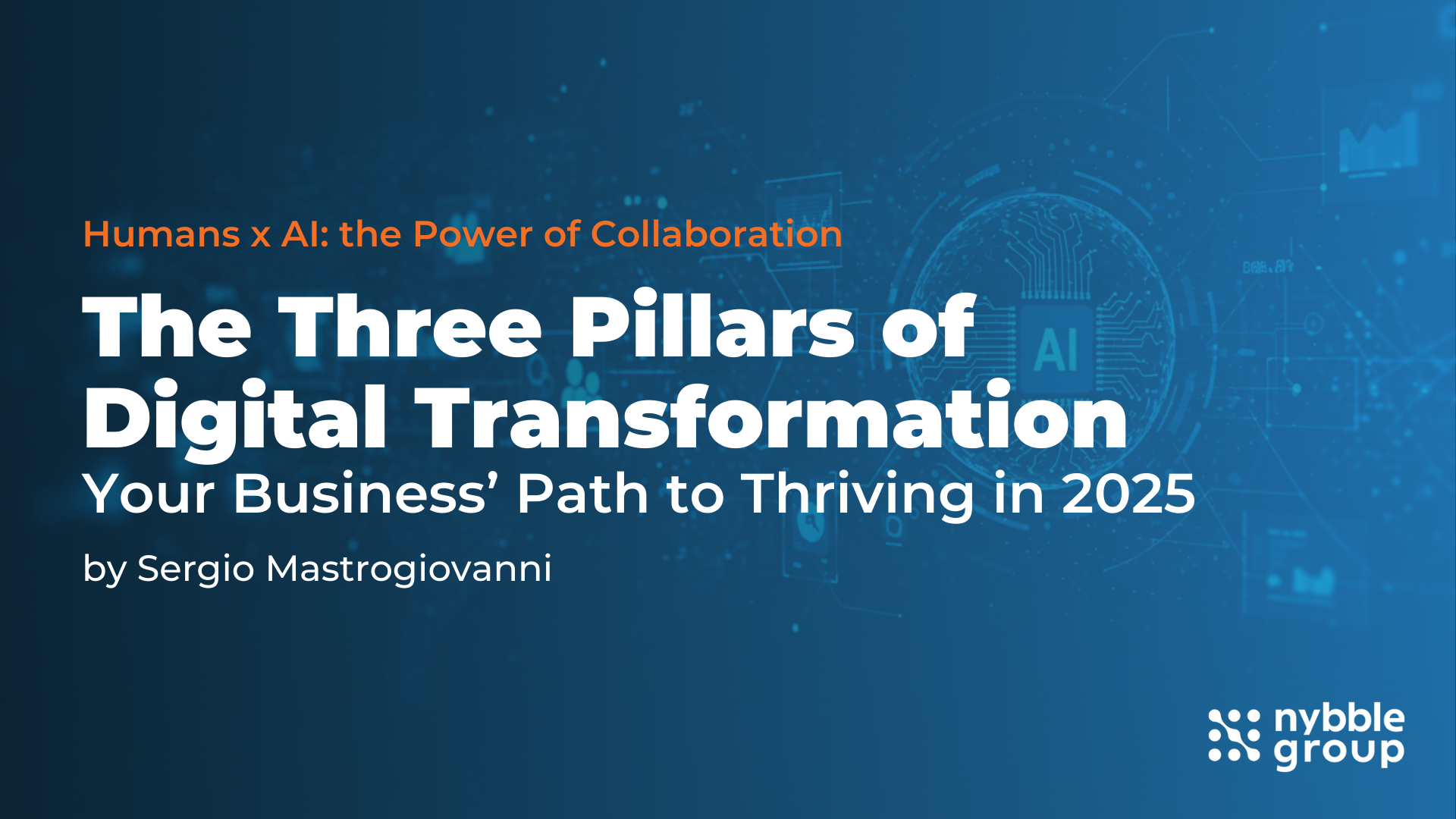Robotic Process Automation, or RPA, has doubled its own market size between the years 2020 and 2023. And the expectatives are high, according to Forrester Research, it will sextuplicate its actual market size in 2030.
Those numbers may seem a little overwhelming for those who are not familiar with this universe. That leads to the appearance of the most common misconceptions: is it going to replace the human workforce completely? What are we going to do with our lives then? Can it think on its own? Is it gonna take over humanity?
The answer for all those questions is a big no. According to McKinsey, a huge global consulting firm, less than 5% of the jobs can be fully automated. That means we are safe. Knowing that, you may ask what’s the use then? How can the market grow if there’s no space to do so?
Well, less than 5% of the jobs can be fully automated, but almost 100% of jobs can have 30% of their tasks automated. That means that Robotic Process Automation’s purpose is not to replace human workforce, but to augmentate it.
Being spared of the most repetitive tasks, team members are less likely to feel burnout and have more energy to face the most challenging parts of the processes, the ones that really require human thinking. Some of our clients have reported that RPA implementation leads to a 82% productivity increase and a 54% quality improvement. The average Return On Investment (ROI) goes from 25% to 80% in the first year, reaching from 60% to 250% in the second one.
At Nybble, we know how to do it the right way. It requires a deep understanding of each business’ pain points, needs and potential. Research and analysis are key, but a deep understanding of what the real people behind every company go through everyday can only be achieved by conversation.
So, if you are interested in exchanging ideas about how your business’ processes can be improved, don’t hesitate to contact us.
Thank you for reading!




